Why We Pay to Read: Inside the Subscriber’s Mind
If you understand why people buy, it’s easier to decide what to charge and how to design the product.
Hi I’m Angela 🧸
A product growth marketer who exists in the space between caffeine highs and retention lows.
Why I Keep Paying for That One Newsletter
In a world of noise, what makes a reader pay for a smaller, sharper signal - and how creators keep them coming back.
After work, I drifted into a nearby bookstore without a clear plan. I found myself near shelves filled with books related to my field. I picked up a few at random - sometimes drawn by a title, sometimes by a cover. Flipping through pages, one caught my interest. I settled in a quiet corner where few people passed by and kept reading.
That book connected with me. Even though it was late, I wanted more. I believed it could help me in my work. So I bought it.
Subscribing to a newsletter follows this same pattern. Browsing online is like wandering a bookstore, occasionally choosing something worth your time. The newsletter arrives quietly, without demand or noise. It offers space to think sharper or breathe easier. Sometimes it guides me to parts of the internet I wouldn’t find alone - curated, intentional corners.
A locked section exists for a select few. The content there feels heavier, closer. The value grows knowing few share that space.
I invest time, money, and attention. That exchange depends on trust - trust that the return justifies what I give. In a world of online noise, this kind of quiet deserves protection.
What Makes Someone Hit “Subscribe”
Most people who pay for content are not doing it out of goodwill. Something in their head says this will give them an edge, save them time, or keep them from missing something important. That push comes from a mix of reasons.
For some, the draw comes from having access to thinking others in their circle do not have. In finance, that might mean hearing about a call before the market moves. In tech, it could be spotting where the next shift will happen before it becomes obvious.
Others seek a place where the noise quiets down. The pace matches how they want to process the world. Reading becomes a way to slow down and think clearly.
There is also the small rush from surprise. The kind that shifts your view of a problem or opens a door you didn’t know existed. It’s addictive in a subtle way.
Some just want decisions taken off their plate. They trust the writer to filter, think through, and connect the dots. Paying feels easier than doing that work themselves.
Then there is the early-buyer instinct. Securing access before the price rises, before the archive goes private, before the creator’s time becomes scarce. It feels like getting in before the door closes.
Patterns in the data match these motives. Signups jump when big events shake an industry. Open rates rise when the topic hits a reader’s current pain. Churn grows when tone drifts too far or pace feels off. Behind every metric sits a reason in someone’s mind, and those reasons shift with the world outside.
Case Studies: How Subscriber Motives Link to Revenue Models
Chamath Palihapitiya’s(Bestsellers in Technology #2, August 12, 2025) audience seeks an edge rooted in access, depth, and perspective they cannot find elsewhere. This advantage breaks down into several concrete aspects:
Exclusive Insights
Chamath leverages his network and experience to share information often unavailable to the public. This includes early signals on market shifts, private deals, and emerging trends before they hit mainstream channels.Deep Analysis with Strategic Context
His content goes beyond surface-level news. It connects dots across industries, capital flows, and technology evolution, offering a coherent view that helps readers anticipate what comes next.Direct Access to Chamath’s Thinking
Subscribers gain a front-row seat to his thought process - how he evaluates opportunities, weighs risks, and makes decisions. This intellectual framework acts like a mental shortcut for readers navigating complex markets.Curated Signal in Noise
In a world overloaded with information, his audience trusts Chamath to filter out distractions. This curated clarity saves time and sharpens focus on what truly matters.Community of Like-minded Early Adopters
Beyond content, the audience taps into a network of peers with similar ambitions and mindsets, creating a sense of belonging to a high-caliber, forward-thinking group.
These advantages form a composite edge - early access, superior analysis, and curated clarity - making Chamath’s offering indispensable for those who want to stay ahead in tech and finance.
Chamath’s newsletter gives access to stuff most people can’t get - private market moves and deals that don’t show up anywhere else. That makes it valuable. People don’t care how often the newsletter lands in their inbox. They wait for the big calls that actually move money or change strategy.
This creates a kind of mental monopoly. Chamath’s readers get a view that others just don’t have. Scarcity isn’t about being rare for the sake of it. It’s about owning info that gives you a real edge.
The business works because of that exclusivity. The price isn’t about volume, but the impact each insight brings. People pay because this access sharpens how they see what’s happening beneath the surface.
That’s why the newsletter keeps subscribers hooked and willing to pay. Being part of a small group that catches what most miss feels valuable. When everything else is noise, having that kind of clarity stands out - and it’s worth paying for.
(Chamath Palihapitiya’s paid subscriber count does not appear publicly on his Substack About page or in official disclosures. Third-party platforms that track Substack data estimate his paid subscriber base in the range of several hundred to around one thousand, based on subscription pricing, engagement metrics, and ranking position. These figures remain approximations, as only Chamath and Substack hold precise data.)
Here’s how to read Chamath Palihapitiya’s Substack Revenue Model diagram.
Understanding the Conversion Funnel (Left Side)
The diagram starts with over 214,000 free subscribers at the top. This is the total audience that receives Chamath’s public content such as weekly reading lists and high-level notes. Only about 0.47 percent convert into paying subscribers, which means roughly 1,000 people choose to pay for access.
The paid tier offers significantly more value, including deep market reports, future trend predictions, and direct group chat access. While the conversion rate is low, the high subscription price of $999 annually or $99 monthly allows the business to earn substantial revenue despite the small paying audience.
Business Model Components (Top Right)
The model rests on three pillars.
Cognitive Monopoly: Subscribers gain access to exclusive insights in AI, finance, and energy that are not widely available, giving them a perceived market edge.
Decision Offloading: Readers hand over part of their decision-making process, relying on Chamath’s expertise to simplify complex market situations and reduce their cognitive load.
Psychological Refuge: The newsletter offers clarity and calm in an environment flooded with noise, helping readers focus on important issues and maintain mental clarity.
Revenue Conversion Flow (Middle)
The flow moves from creating high-value premium content to attracting a professional audience. That audience then engages in a premium community space, which strengthens brand authority and loyalty over time.
Key Success Factors (Bottom Left)
A focus on a small group of high-value clients, high unit pricing, and deep rather than broad coverage drives the business. The high subscription fee offsets the low conversion rate, making the model financially sustainable.
Core Value Proposition (Bottom Right)
The promise is straightforward: exclusive market insights and expert analysis that help subscribers gain a competitive advantage in complex investment decisions, delivered in a premium community setting.
The Bottom Line
This diagram shows how a low-volume, high-ticket subscription model can thrive when paired with scarcity, authority, and a tight focus on delivering market-moving insights to a niche audience willing to pay for them.
Gergely Orosz’s(Bestsellers in Technology #1, August 12, 2025) audience gains a clear advantage by cutting through the noise that floods the tech world. His newsletter offers:
Curated Clarity
He sifts through endless updates, technical jargon, and shifting trends, delivering only what matters most. This saves readers from overwhelm and distraction.Actionable Guidance
Beyond summary, his advice breaks down complex changes into practical steps tech professionals can apply immediately, making information useful rather than just interesting.Time and Cognitive Savings
By doing the heavy lifting of research and synthesis, Gergely frees up readers’ mental bandwidth to focus on execution rather than endless discovery.Reliable Signal in a Chaotic Space
His consistent, steady updates provide a stable source of insight. Readers trust the pacing and tone, finding psychological relief in knowing they won’t miss critical shifts.Deeper Engagement through Workshops and Reports
These offerings move beyond reading to hands-on learning, reinforcing concepts and building skills that further reduce decision fatigue.
The advantage lies in making complexity manageable. Gergely’s audience pays for a dependable partner who filters noise into clear direction, making their work and decisions smoother and less taxing.
Here's how to read The Pragmatic Engineer Business Model diagram:
Understanding the Conversion Funnel (Left Side):
The diagram shows a classic subscription newsletter funnel starting with 1 million+ email subscribers at the top. This represents the total audience who have signed up to receive Gergely Orosz's newsletter content.
The funnel then narrows significantly - approximately 96-97% remain as free subscribers, receiving only partial content like the first half of articles and monthly full pieces. The final conversion shows that only 3-4% of total subscribers convert to paid subscriptions, representing roughly 30,000-40,000 paying customers.
This 3-4% conversion rate represents a conservative estimate for analysis purposes. Substack suggests that 5%-10% of free subscribers typically convert to paid.
Business Model Components (Right Side):
The premium content strategy focuses on deep technical articles published Tuesdays and Thursdays, along with exclusive industry insights that directly impact readers' careers and professional development.
The pricing strategy at $15/month or $150/year positions the newsletter in the premium tier, justified by the high-value, actionable content that can influence career advancement.
Revenue results show a conservative estimated $450,000 to $600,000 annual revenue, making it the #1 technology newsletter on Substack (no ads, no sponsored content in the Tuesday and Thursday deep dives; the podcast is an exception with limited, carefully selected sponsorships).
Key Success Factors:
The model succeeds through niche specialization targeting engineering managers and senior developers, combined with editorial independence that builds trust. The content quality is so high that readers often expense subscriptions through their company's learning and development budgets.
The Bottom Line:
This diagram illustrates how premium, specialized content can achieve exceptional conversion rates in a targeted professional audience, generating substantial revenue through pure subscription model while maintaining editorial integrity.
Lenny Rachitsky’s(Bestsellers in Business #1, August 12, 2025) audience gains several clear advantages that keep them hooked:
Fresh Perspectives
Lenny constantly surprises readers with new ideas, formats, and voices. This keeps content feeling alive and prevents stagnation.Ongoing Value
Varied content formats - from deep dives to quick tips - and guest contributors provide continuous learning opportunities tailored to different needs and moods.Community Access
Membership tiers and events create a sense of belonging and direct connection, turning passive readers into active participants.Future Lock-in
The layered offerings and evolving content encourage subscribers to stay long term, locking in access before it becomes harder or more expensive.Multiple Revenue Streams
Sponsorships and events diversify income, reducing reliance on subscriptions alone and allowing investment back into quality and innovation.
The advantage comes from blending surprise with stability, giving readers a dynamic experience that adapts as their needs grow. This keeps engagement high and builds loyalty over time.
Here’s how to read the Lenny Rachitsky’s Substack Revenue Model diagram:
Understanding the Conversion Funnel (Bottom Left):
The flow starts with over 1.1 million free readers. This is the total audience subscribed to receive Lenny’s newsletter.
From there, the funnel narrows to a paid subscriber base of roughly 44,000–88,000 people, which represents a 4%–8% conversion rate. These paid subscribers gain full access to premium content, community spaces, and additional tools.
Business Model Components (Center):
The model is built around three key audience motives:
Cognitive Monopoly: Specialized expertise in product building and growth strategy, which positions Lenny as a go-to authority.
Decision Offloading: Subscribers delegate research, filtering, and strategy thinking to Lenny, saving time and mental effort.
Psychological Refuge: A curated, noise-free space for clarity and essential insights.
Revenue Streams and Offerings:
Subscription plans: $20/month, $200/year, or $350/year for the premium tier.
Core content: Weekly professional advice on product building and growth.
Community: A Slack group of 30,000+ members with AMAs and events.
Premium tools: Over $15,000 in value for annual subscribers.
Key Success Factors (Middle):
A premium subscription strategy attracting a high-value, professional audience.
Deep, in-depth content creation that covers market trends and predictions.
Strong community building that increases loyalty.
Leveraging brand influence within the tech industry to attract high-value professionals.
Additional sales from product bundles that increase lifetime subscriber value.
Financial Performance (Bottom Center):
In 2020, estimated revenue was around $360,000, driven by subscriber growth and new product launches.
Future Outlook (Bottom Right):
Plans focus on maintaining high content quality, experimenting with more content formats, and expanding the audience without losing the premium experience.
The Bottom Line:
The diagram shows how a premium, high-trust niche newsletter can monetize through a mix of subscriptions, exclusive communities, and value-packed tools. Each revenue stream ties directly to different subscriber motives, creating a diversified but focused model.
Diversifying Revenue Without Diluting Value
Multiple revenue streams succeed when each appeals to distinct motives.
Multiple revenue streams work best when they tap into different reasons people pay. Some subscribers want exclusive reports that go deep on topics they care about. Others value private calls or workshops where they can interact more directly and get personalized insights. These offerings create stronger bonds and keep people engaged beyond just reading.
Communities add optional depth without mandatory hooks.
Building a community adds another layer. It gives subscribers optional ways to connect and participate without forcing everyone to join. This keeps the experience flexible and respects different levels of interest.
Flooding content dilutes intimacy and scarcity.
But overloading your audience with too much content risks diluting what makes your work special. When everything feels widely available, intimacy and scarcity fade. That reduces the perceived value and weakens the reasons people stick around.
Balancing multiple revenue sources means knowing which motives each serves and protecting the core experience that draws people in. This approach creates a sustainable ecosystem where different offerings complement each other without undermining the brand’s unique appeal.
From Motives to Strategy: Pricing and Product Design
If you want to charge premium prices, scarcity is your best friend. People will pay more when they know not everyone can get in. Limited seats, capped memberships, or “invite only” signals that they’re buying access, not just content.
A lot of subscribers are not looking for a firehose of updates. They’re looking for a predictable rhythm they can trust. Show up on the same days, at the same quality, so they know exactly where you fit in their week.
Still, you don’t want it to feel too mechanical. Mix in new formats or the occasional unexpected piece so people keep wondering what’s next. Predictable cadence doesn’t mean predictable flavor.
Some people pay you just so they can stop thinking about where to get good stuff. That’s where clear navigation, curated sections, and “start here” guides make a difference. You’re selling peace of mind as much as insight.
And for long-term loyalty, reward the early ones. Give early-bird discounts, lifetime perks, or locked-in pricing to the subscribers who were there before the crowd. It makes them feel invested, and it builds a base that sticks around.
You don’t win by dumping every idea into the mix. The goal is to align each motive with a deliberate design choice so the product comes across as intentional rather than random.
There’s no one-size-fits-all method to apply to yourself. What matters is what you’re willing to give your subscribers and whether they’re willing to pay for that. How you see yourself in relation to your readers shapes everything. How do you position yourself? How do you find a niche that belongs only to you? Then design a narrative and framework around that niche to invite readers in.
The process starts with knowing what you offer and who you serve. That niche is not something that just appears - it’s something you create by owning your unique perspective. Your story needs to connect with readers’ internal struggles, not just their surface problems.
Your content then becomes a structure that helps them make sense of things. Every piece guides them through patterns of thought and behavior that explain why your perspective matters. This builds an unspoken contract where they see real value because your work taps into deeper parts of their experience.
This takes honesty and focus. The stronger your position, the clearer and more authentic it feels. When your narrative aligns with what readers carry inside, paying becomes more than a transaction - it becomes joining a meaningful conversation.
Still alive in market, and your self-doubt?
Cool. Most great products start right there.
If you survived this dispatch without mental breaks, Anchor sends caffeine.
Recommend this colony log to your fellow survivors.





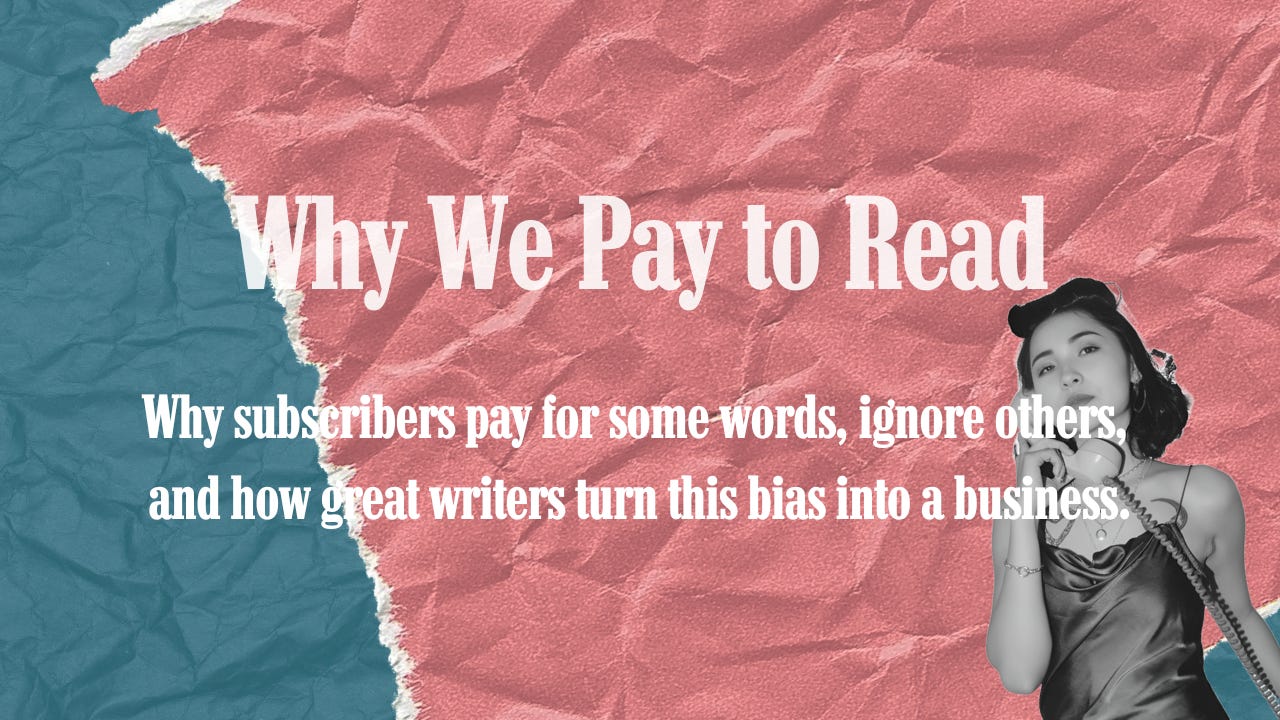
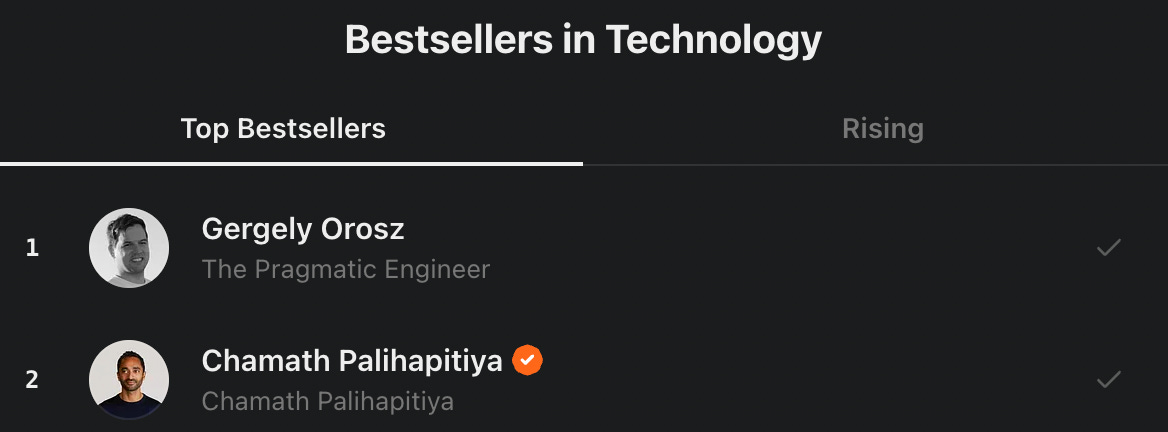
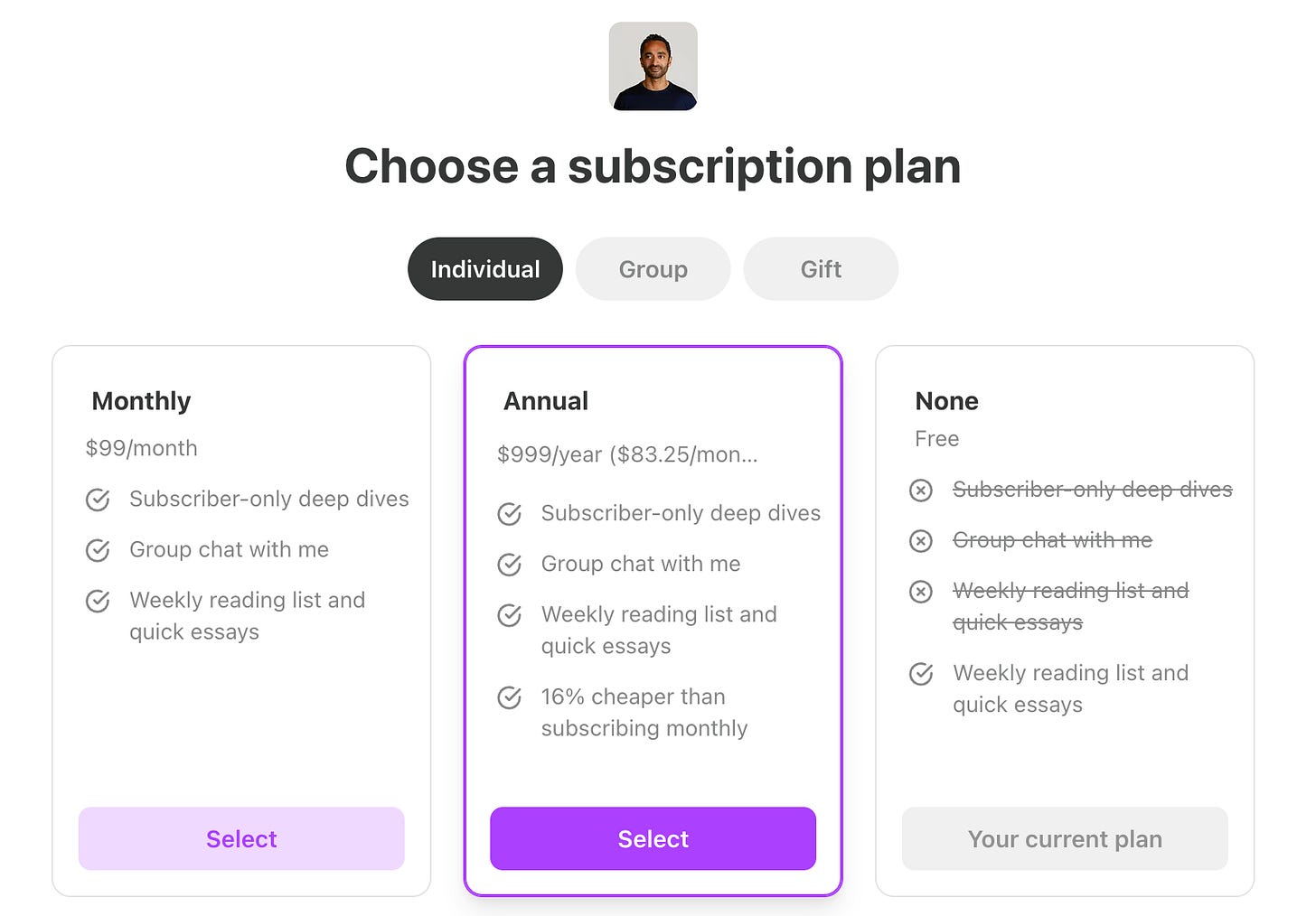
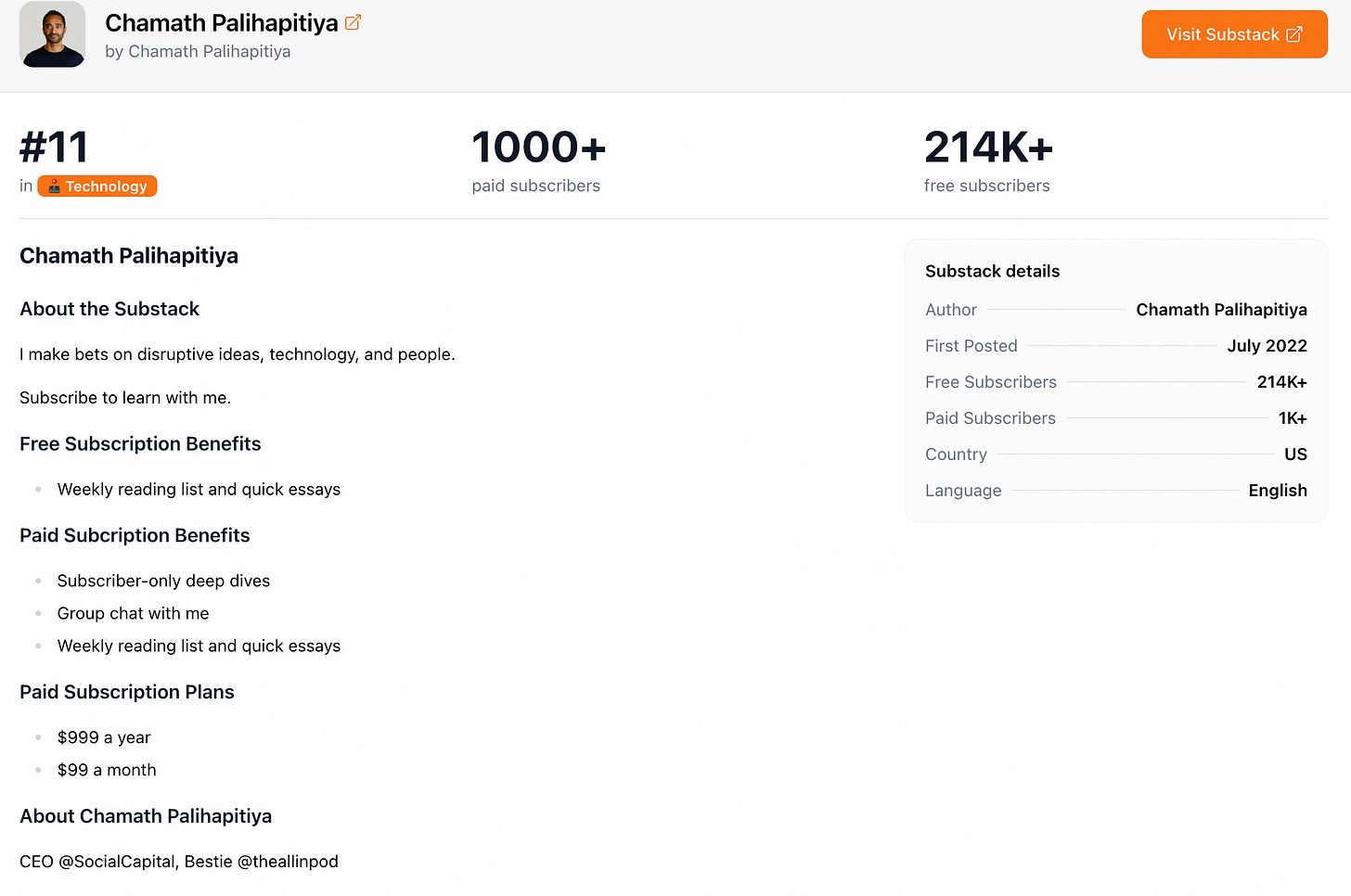
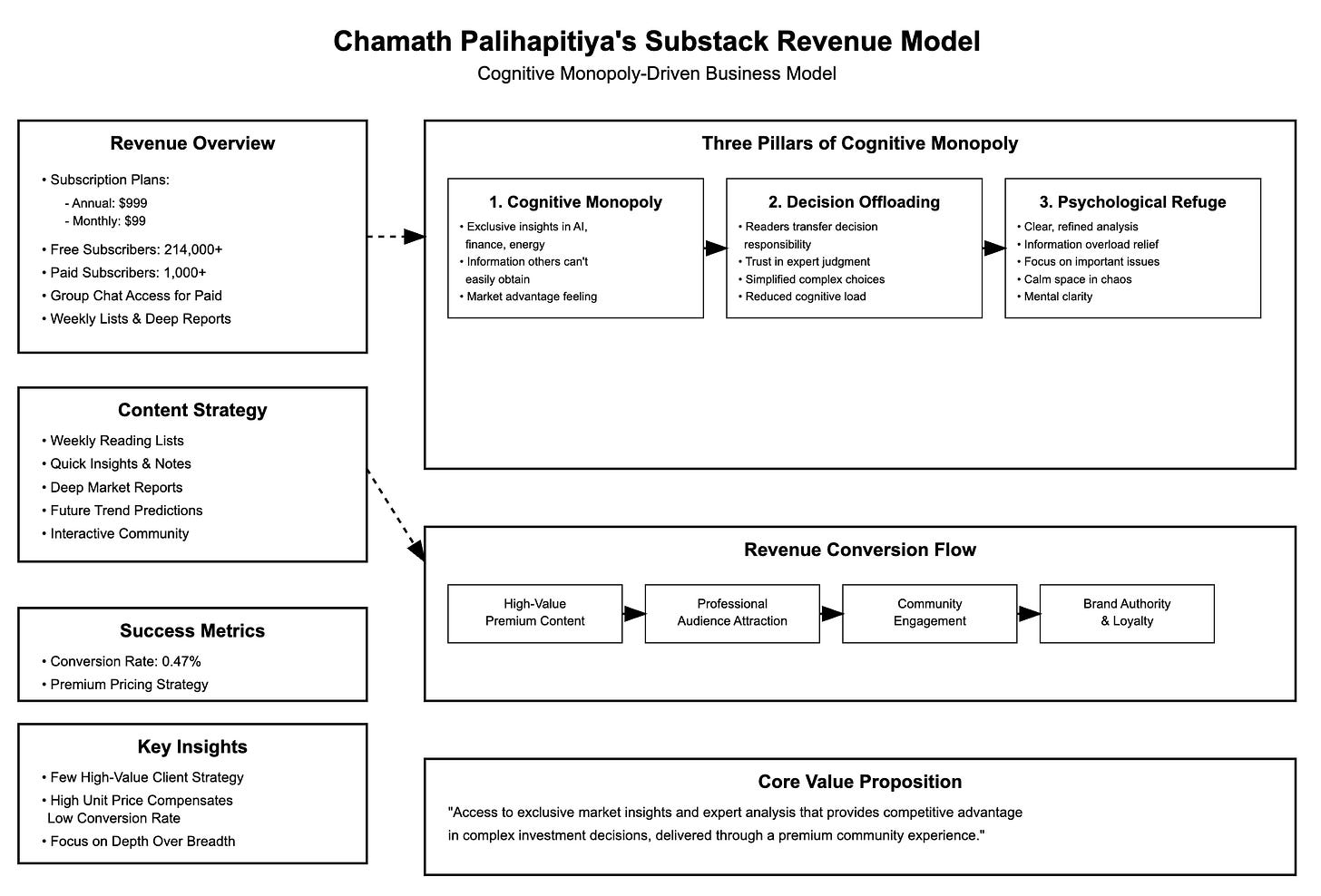
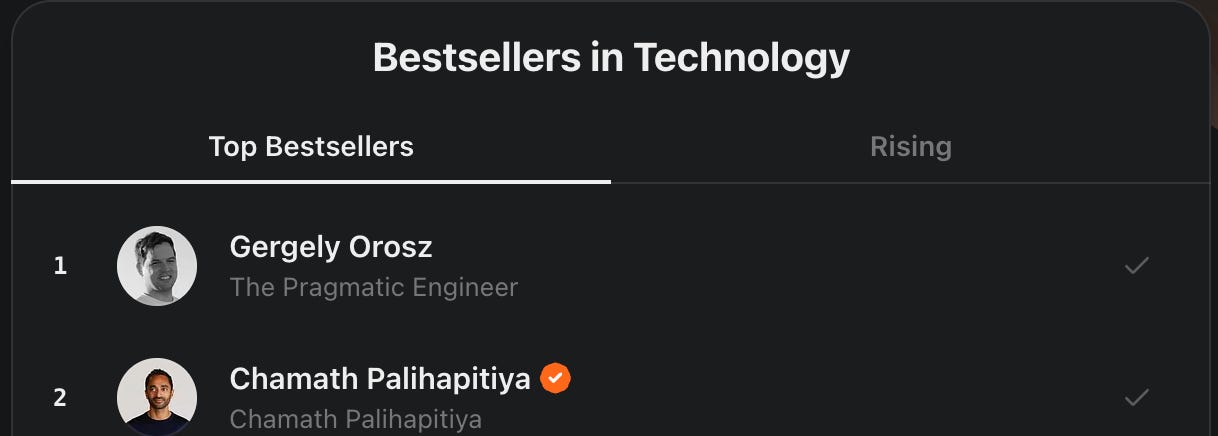
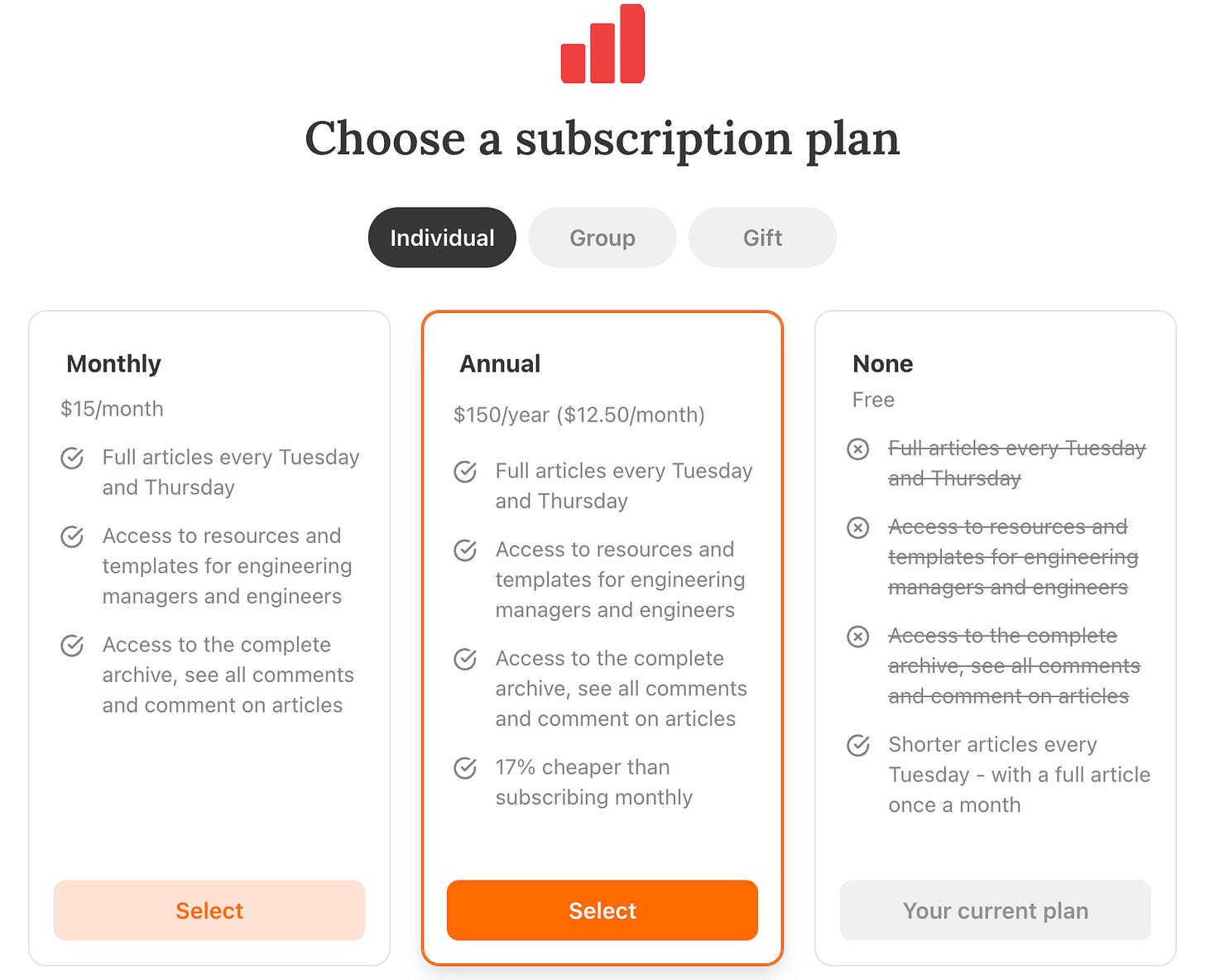
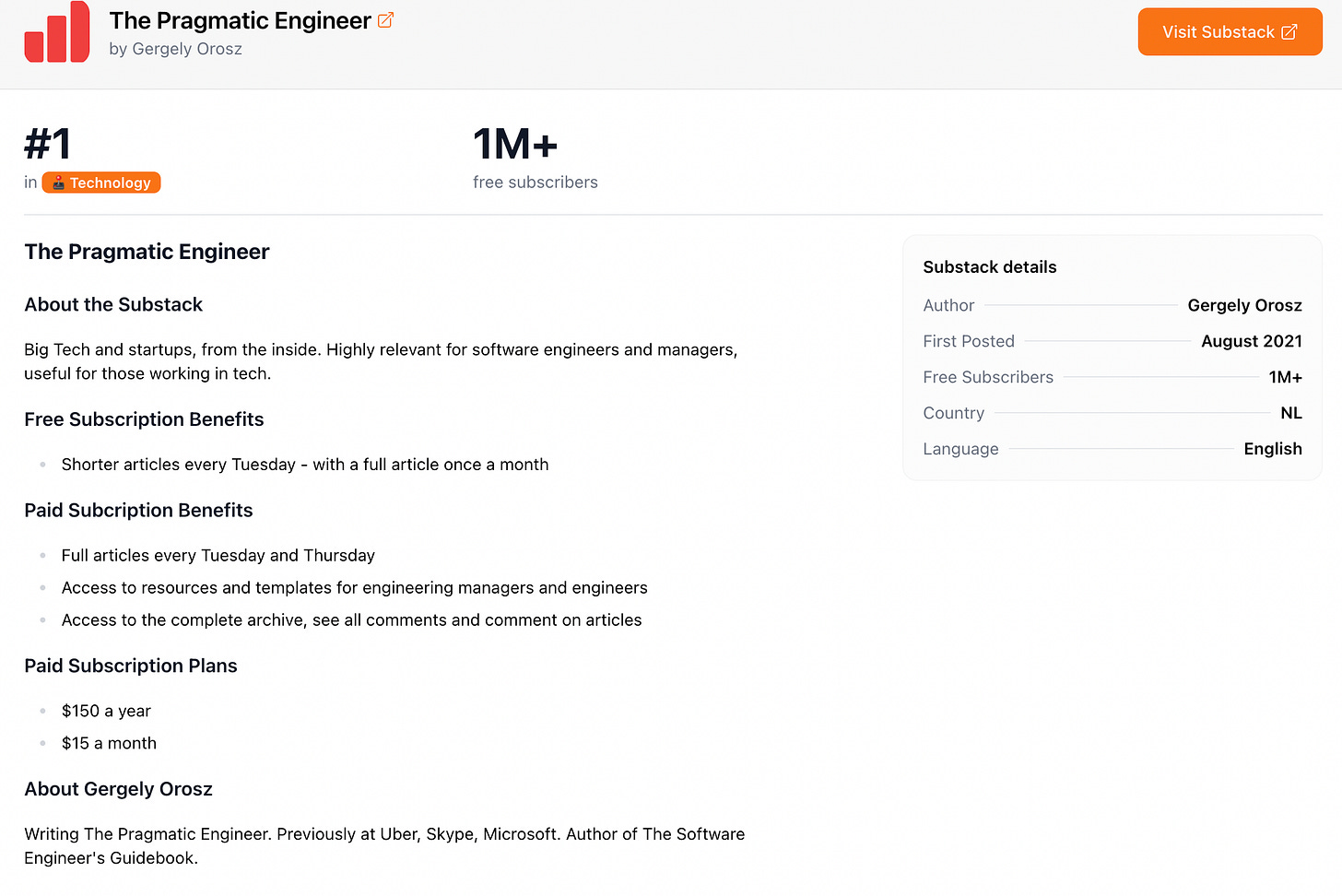
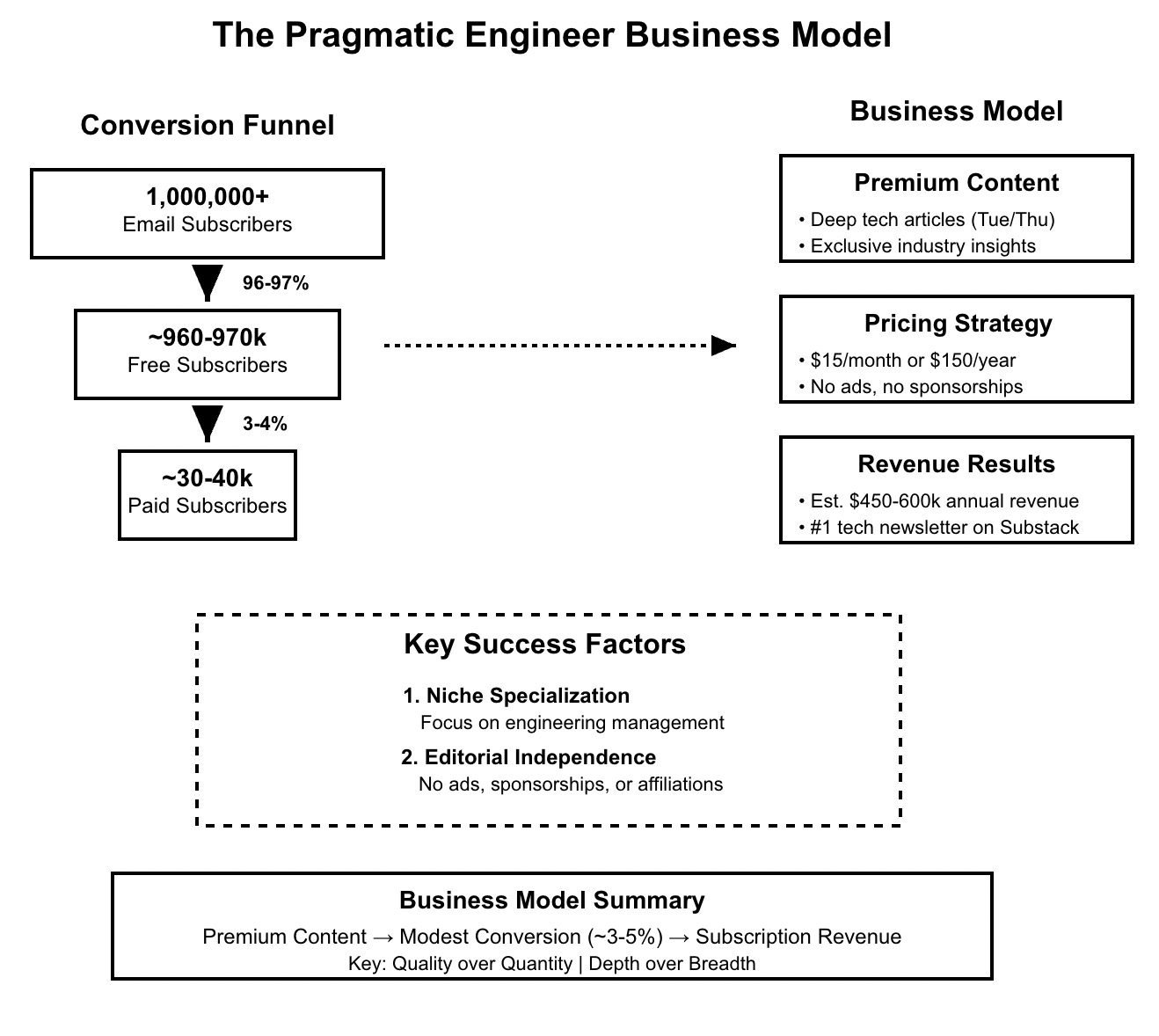


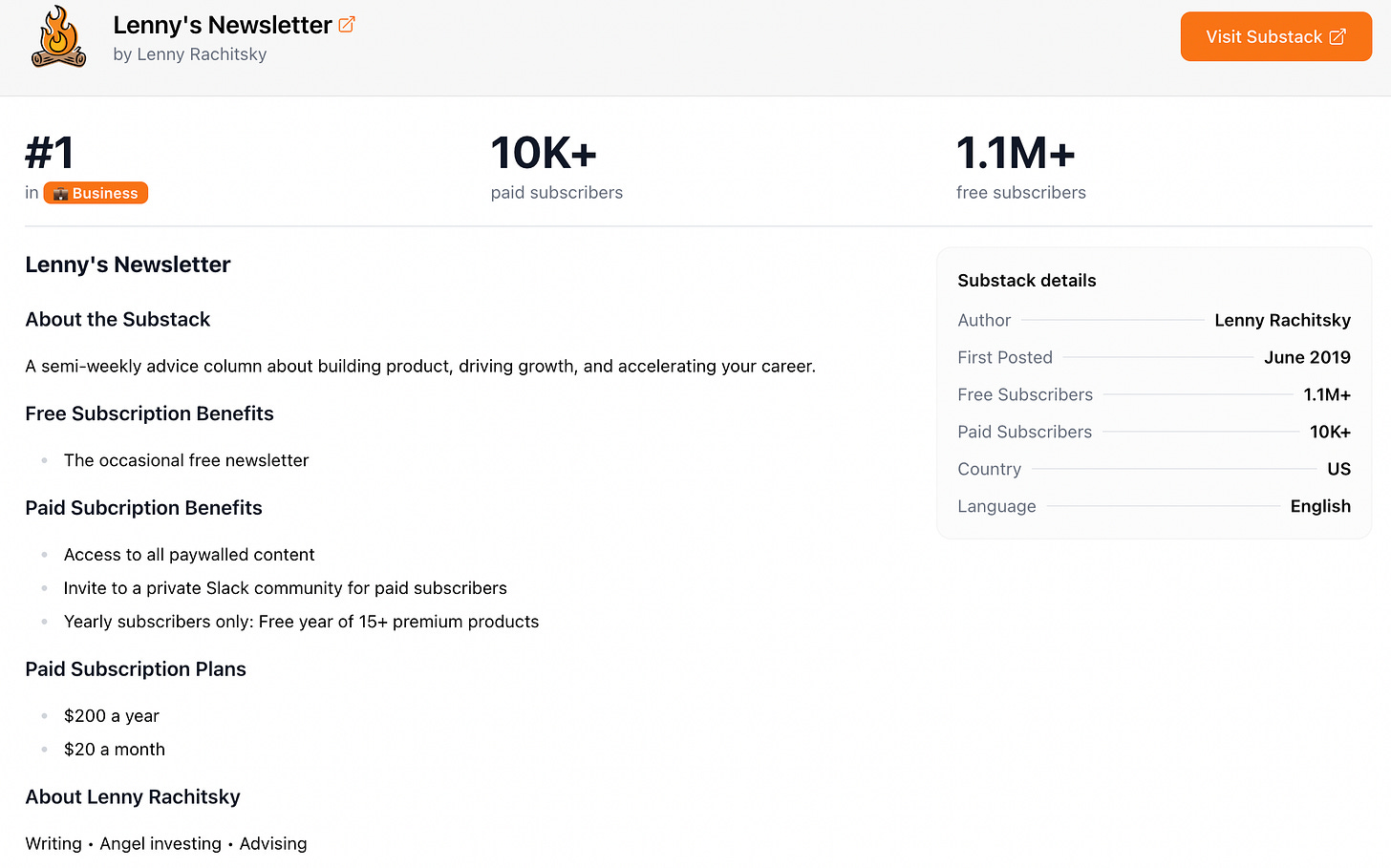
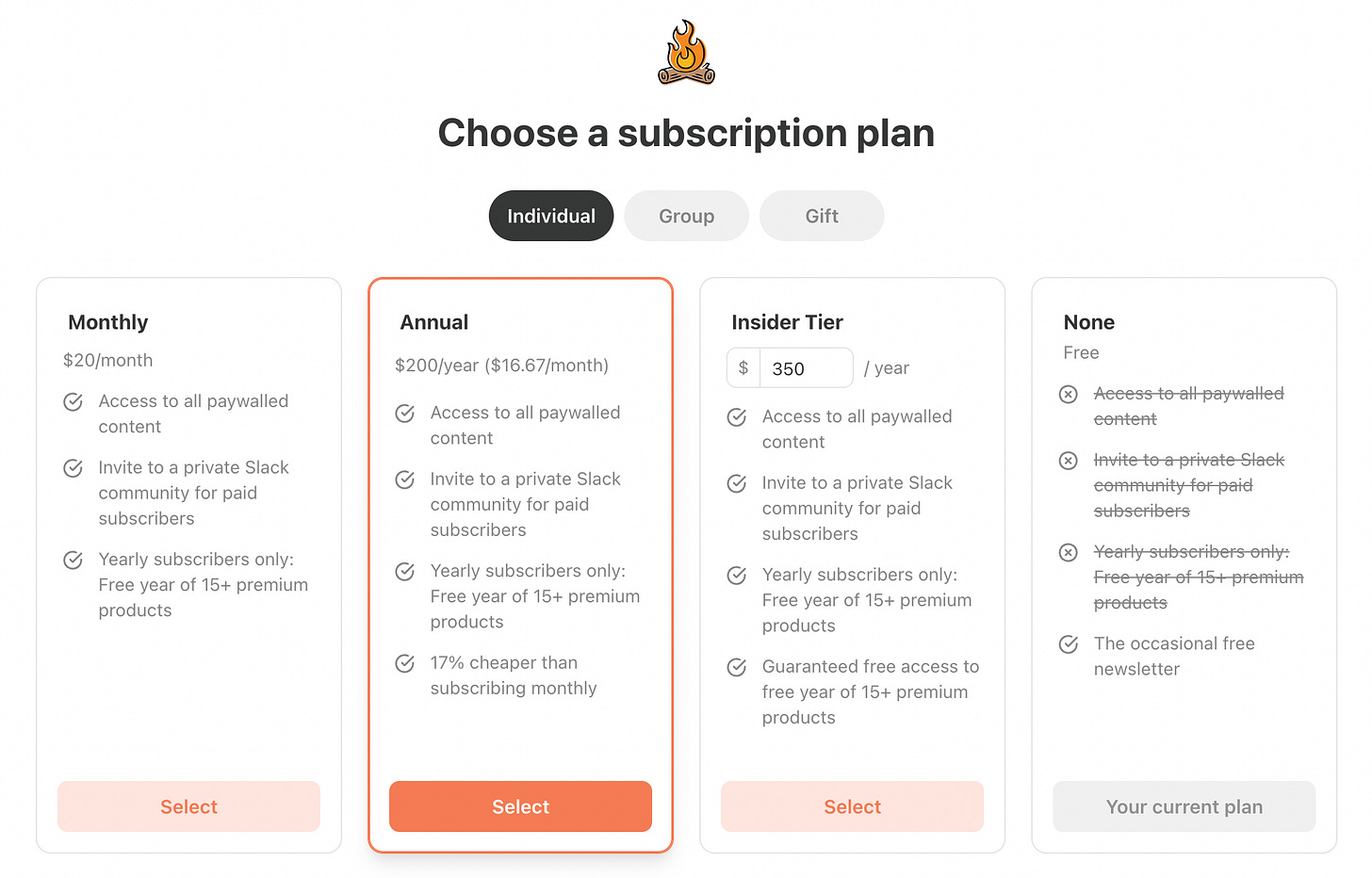
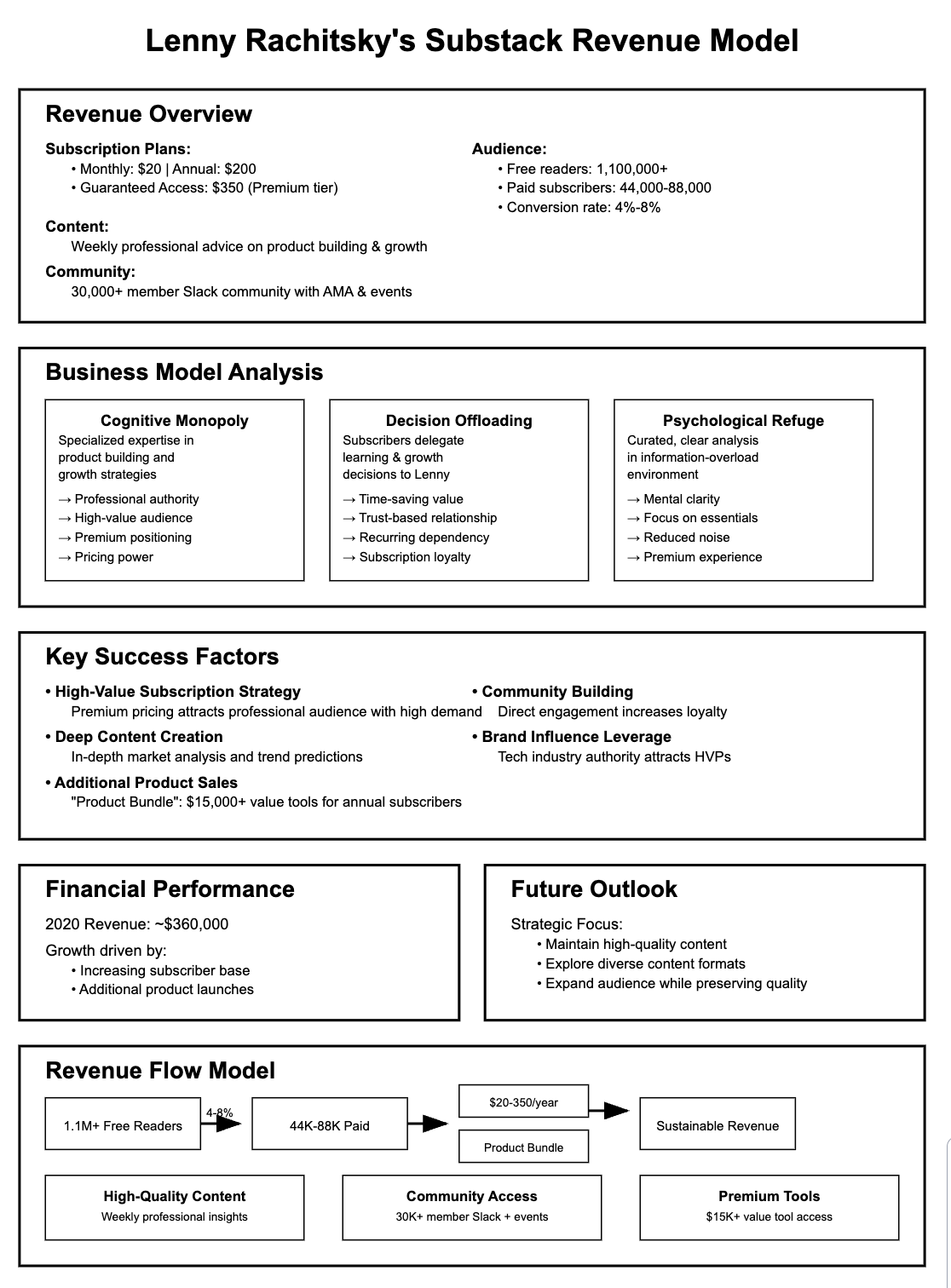
This is a great perspective on monetisation and scarcity. I bookmarked it to return to later.
This was a really great read! I picked up a number of useful tips from this article and new ideas and angles for how to position my own content. Thanks for putting this review together, it's the kind of resource one will want to save down and come back to more than once.